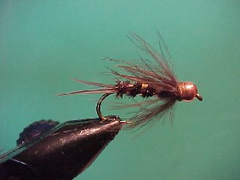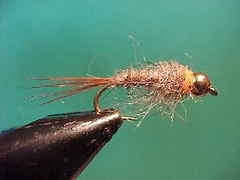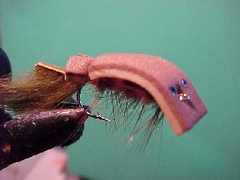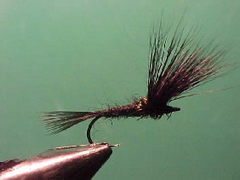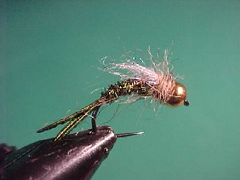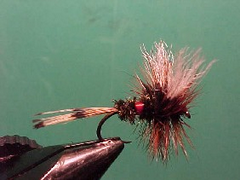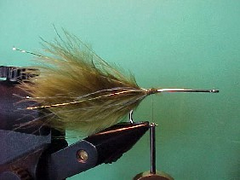Chatto’s emerging alpine buzzer
When browns and rainbows are feeding on hatching midges at the exclusion of all else this buzzer chironomid pattern and when a little lead is added for weight in the tie I find is a good choice for point fly in a team of three flies.

